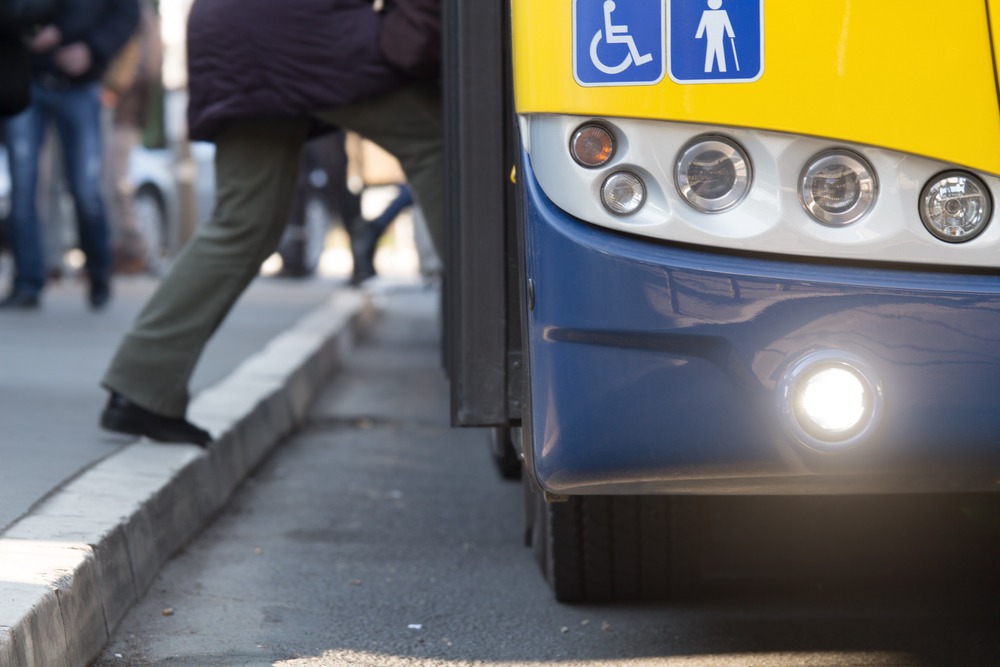
Rural and small town public transportation ridership increased by nearly 8 percent from 2007 to 2015 despite a population decrease of more than half a million in rural America, a new study by the American Public Transportation Association (APTA) found.
The report, Public Transit’s Impact on Rural and Small Towns, noted that the affordability of public transport and the demographics of rural and small town areas make public transportation valuable to these communities.
“Public transit is an important factor supporting these rural and small town economies by connecting people with local businesses, healthcare and job opportunities,” Scott Bogren, executive director of the Community Transportation Association of America (CTAA), said. “Because of the consistent resiliency of ridership in these areas, increased funding will be crucial to address growing demand and capital needs.”
Seniors, veterans, and people with disabilities use public transport the most in these communities. People with disabilities take 50 percent more public transportation rides than those without, the APTA study sound. One-third of the veteran population enrolled in the VA health care system live in rural areas and small towns. Seniors make up a larger percentage of the populations of rural and small-town areas than they do urban areas.
“As the Administration and Congress begin to discuss the prospects for creating a new infrastructure initiative, it is crucial to include investments in public transportation because of its importance among seniors, veterans and those with disabilities in these communities,” APTA Acting President and CEO Richard A. White said. “In addition, a commitment from Congress to fully fund public transportation through the FAST ACT will also be essential in serving their needs.”